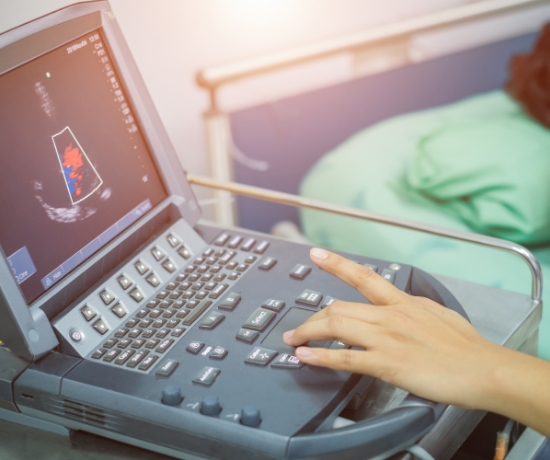Embarking on a journey with a new pacemaker can revolutionise your cardiac health. It is vital to know the key differences between a traditional pacemaker and its modern counterpart, the leadless pacemaker, as you get ready for the implant.
Conventional models have leads that connect to the heart and have been widely used for a long time. However, if you are scheduled for leadless pacemaker placement in Chennai, it minimises some risks and need for specific care post-surgery.
In this article, you will discover the steps post-surgery to ensure your leadless pacemaker functions at its best for your heart.
Understanding Pacemakers- Traditional vs Leadless
Are you mulling over getting a pacemaker? It is important to understand how traditional and leadless pacemakers differ, as this affects the care you will need after getting a leadless model implanted. Pacemakers save lives by correcting heart rhythm issues with electrical signals that keep the heart beating regularly.
Older style pacemakers, known as transvenous models, are small devices placed under the skin in the upper chest. Leads, or thin insulated wires, stretch from the device through the veins to the heart, where they send electric signals to control the heart rate.
Leadless pacemakers, however, are a big step forward in technology and showcase the major differences from traditional ones. These gadgets are the size of a big pill and go right into the heart without any leads. The lack of leads minimises lead-related complications and shows how far pacemaker tech has come. As medical tech improves, the care you need after surgery also changes.
Care After a Leadless Pacemaker Implantation
Following your leadless pacemaker surgery, it is critical to stick to the care instructions to make sure the device lasts and works well. Always carry your pacemaker ID card. It has information that healthcare workers might need in an emergency.
For a strong recovery, you will want to keep to these key care tips:
- Do not lift anything over 10 pounds for at least a week after your surgery.
- Avoid intense workouts and actions that could strain your stomach muscles.
- Keep away from hot tubs, bathtubs, and swimming pools for a week post-surgery.
These immediate care steps are crucial, but so is looking after your long-term heart health, which includes:
- Following your medication regimen.
- Knowing how certain foods and activities can affect your condition.
Managing Medications and Anticoagulation After Implantation
Post-surgery, it is important to control your INR levels with regular blood tests, making sure they are in the safe zone to avoid bleeding near the pacemaker. Consistent eating habits, especially with vitamin K, can affect how well warfarin, a common blood thinner, works and might mean changing the dose.
Besides sticking to your meds, it is also key to know about other safety measures, like if your pacemaker can handle an MRI. Being proactive in these areas is fundamental to keeping your heart healthy and your pacemaker running right.
Monitoring and Electromagnetic Interference Precautions
Living with a pacemaker means you must be mindful of some safety measures, particularly around electromagnetic fields and the need for consistent monitoring. Here is what to remember:
- Tell medical staff about your pacemaker to get care that works with your device.
- Join a pacemaker monitoring program and go for regular checkups.
- Be careful around strong electromagnetic fields to avoid messing with your pacemaker.
- If you need an MRI, double check your pacemaker is okay with it and know it might need to be reprogrammed before and after the test.
With the right support and knowledge of these safety measures, you can confidently look after your health and ensure your pacemaker does its job. Some specialised clinics offer full care and help manage electromagnetic interference.
Ensuring a Healthy Recovery Post Leadless Pacemaker Implantation
Getting through the recovery phase after a leadless pacemaker surgery means sticking to the recommended care tips, understanding what you can and can’t do, and taking your meds as told. Doing all this will help your pacemaker last and keep your heart healthy.
Sometimes, you might need expert advice on managing meds, learning about your diet's impact, and preventing issues from electromagnetic fields. Remember to always consult the best electrophysiologist in Chennai for the right cardiac guidance.

